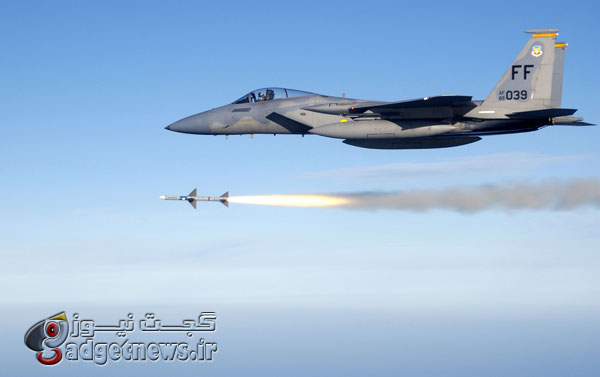
اگر شما هم نگاهي به روند پيشرفت ابزارهاي تکنولوژي بياندازيد متوجه خواهيد شد که جنگ يکي از عوامل مهم و نقطه عطفي در دنياي تکنولوژِي است . احتمالا شما هم خودتان را در شرایطی تصور کردهاید که حاضرید برای جانتان هر چیزی را هزینه کنید تا زنده بمانید. حکایت پیشرفت تکنولوژی به وسیله جنگ نیز به همین موضوع پیوند خورده است. در ادامه با معرفی مهمترين ابزارهايي که به دليل هاي نظامي توليد شده اند با ما همراه باشيد .
موقعیتیابی
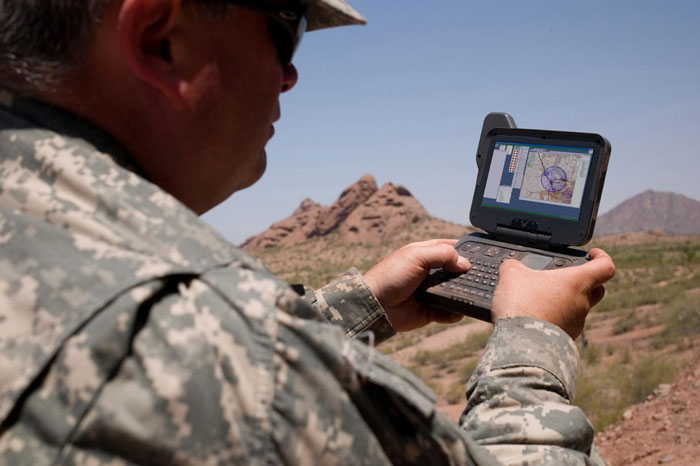
سیستم GPS یکی از روشهای موقعیتیابی بسیار معمول حال حاضر دنیاست. همین حالا تمامی اسمارتفون های دنیا از این سیستم استفاده میکنند، اما جالب اینجاست که این فناوری توسط وزارت دفاع آمریکا در دهه هفتاد میلادی و به عنوان نسل جدید سیستمهای موقعیتیابی رادیویی اختراع شد. هدف اصلی این اختراع استفاده نظامی بود. در آن زمان زیردریاییها برای پیدا کردن مسیر دقیقی از شلیک موشکها از GPS استفاده میکردند. نخستین بار رونالد ریگان رییس جمهور آمریکا دستور داد که این سیستم در اختیار عموم مردم قرار گیرد و پس از آن بیل کلینتون نیز استفاده از سیستم پیشرفته تر GPS را برای همگان آزاد اعلام کرد.
تلگراف

تلگرافهای الکتریکی قرن نوزدهم را در ذهن خود با ایمیلهای امروزی مقایسه کنید. هر چند تلگرافی که ساموئل مورس اختراع کرد به قبل از جنگ داخلی باز میگردد، اما شبکه سیمی تلگرافی ایجاد شده و گسترش داده شده در آن جنگ باعث شد تا جنگ داخلی آمریکا نخستین جنگ تکنولوژیک تاریخ لقب بگیرد.
پنیسیلین
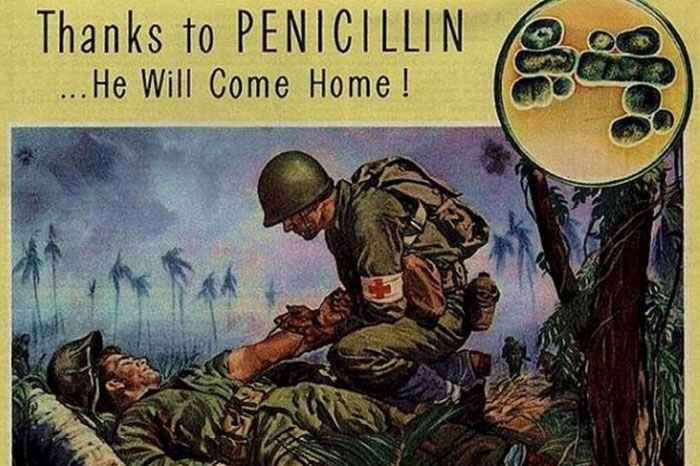
تحقیقات مربوط به پنیسیلین به اواخر 1800 میلادی باز میگردد، اما استفاده از این آنتیبیوتیک نخستین بار در جنگ جهانی دوم مورد استفاده قرار گرفته شد، زمانی که سربازان از عفونتهای جراحت در حال مرگ بودند. پنیسیلین هنوز که هنوز است یکی از پرمصرفترینها در داروهای ضدعفونتی است.
رادار
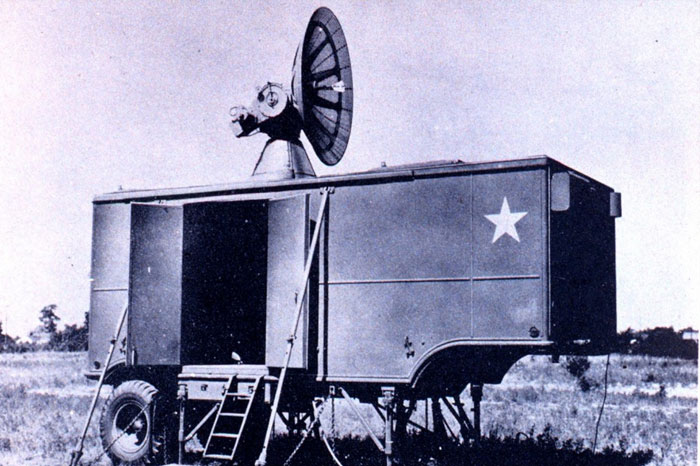
کلمه رادار که مخفف Radio Detection and Ranging میباشد، از موجهای رادیویی برای ردگیری سرعت، ارتفاع، بازه حرکت و شناسایی حرکات هواپیماها، وسایل نقلیه زمین و موشکها استفاده میکرد. تحقیقات مربوط به رادار به قبل از جنگ جهانی دوم باز میگردد، اما مصارف و اهداف ساخت آن کاملا نظامی بوده است. این وسیله اما امروز علاوه بر مصارف نظامی کاربرد غیرنظامی نیز دارد. پیشبینی آب و هوا و کنترل ترافیک هوایی از جمله کاربردهای مهم امروزی آن است. از طرفی به شکل کاملا سهوی مشخص شد که موجهای ارسال شده از سوی رادارها در جنگ جهانی دوم میتواند در پخت و پز غذا نیز کاربرد داشته باشد که بعدها باعث ایجاد غذاپزهای ماکروویو شد.
پروازهای هوایی
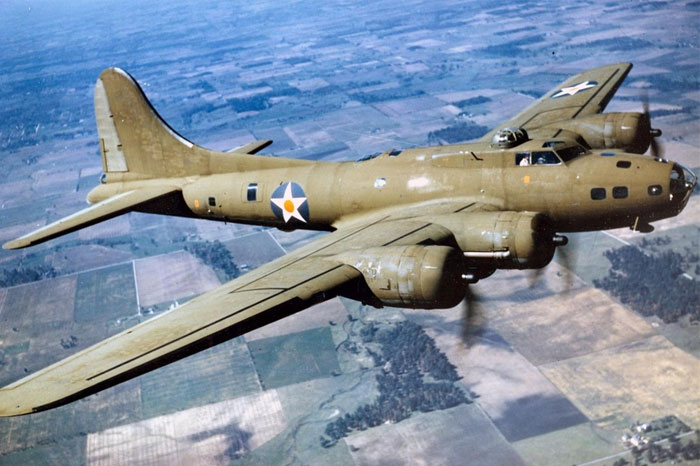
پروازهای هوایی را باید مدیون جنگ جهانی دوم بدانیم! هر چند تحقیقات پیرامون موتورهای جت از دهه 20 میلادی آغاز شده بود، اما در جنگ جهانی دوم بود که متفقین و متحدین از آنها استفاده کردند. (German Messerschmitt ME 262 نخستین جنگنده مجهز به موتورهای جت بود.) به دلیل نقش بسیار مهم جنگهای هوایی در جنگ جهانی دوم، سرعت توسعه و پیشرفت موارد مرتبط با آن چون کابینهای فشار و کنترل ترافیک هوایی نیز رشدی پرسرعت گرفت؛ مواردی که هم اکنون نیز جزو پایههای پروازهای هوایی هستند.
نایلون، مواد مصنوعی

نایلونها یکی از مواد مصنوعی بادوام بودند که توسط کمپانی DuPont به منظور جایگزین بافتهای طبیعی در جنگ جهانی دوم ساخته شد. تا امروز این نایلونها همچنان نقشی مهم در صنعت پلیمر و تولید انواع وسایل، بازی میکنند. علاوه بر اینها در جنگ جهانی دوم پیشرفت های شگرفی در ساخت لاستیک و سوخت مصنوعی نیز به وقوع پیوست.
کنسروهای غذایی
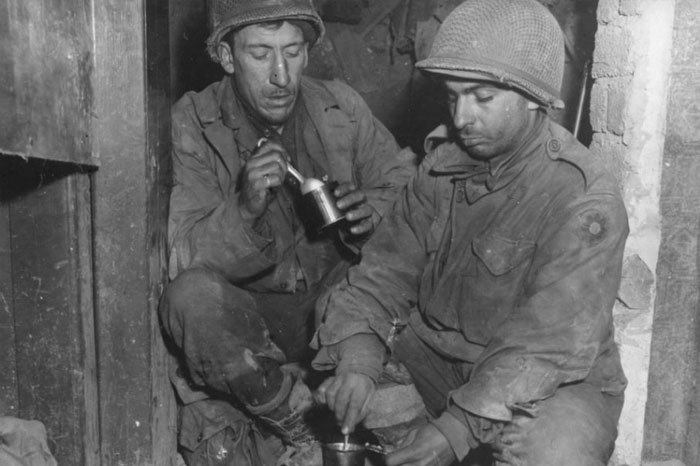
استفاده از قوطیهای مخصوص برای نگه داری مواد غذایی به زمان ناپلئون و استفاده از آن توسط نظامیان و غیرنظامیان بازمیگردد. اما این نوع بسته بندی غذایی اگر در جنگ داخلی آمریکا یا جنگ جهانی اول نبود، شاید سربازان زیادی از گرسنگی تلف میشدند. در جنگ جهانی دوم کنسروها به دلیل جیره بندیها غذایی جایگاه و اهمیت بسیار ویژه ای پیدا کردند. امروزه دیگر کنسروهای غذایی به جزئی جدانشدنی از زندگی انسانها تبدیل شدهاند؛ هر چند هنوز اخطاریههای بهداشتی خود را نیز به همراه دارند!
جیپ

هنگامی که ارتش آمریکا درخواست یک وسیله موتوری سبک را داد، تعداد زیادی طرح از سوی کارخانههای مختلف دریافت کرد. ارتش سرانجام طرح شرکت Willys-Overland Motors را پذیرفت. وسیله طراحی این شرکت Willys MB نام داشت که پدر جیپهای مدرن امروزی چون Jeep Wrangler میباشد. رد جیپهای امروزی را در جیپهای نظامی دهه 40 میتوانید پیدا کنید.
ساعتهای مچی!

شاید یک شوخی به نظر برسد اما ساعتهای مچی نقشی فوق العاده مهم در ارتش آمریکا بازی میکردند. این ساعتها بیشتر کاربرد زمان بندی جهت طراحی نقشه حملههای نظامی را داشتند. امروزه ساعتهای مچی چنان جایگاهی دارند که انواع هوشمند آنها در حال ورود به بازار هستند.
پهپادها

طراحی و تولید این پرندههای کوچک و گهگاه بزرگ به اوایل قرن بیستم در نیروی دریایی آمریکا باز میگردد، اما شاید مهمترین تکنولوژی قرن بیست و یکمی مرتبط با جنگ را بتوانیم همین پهپادها بنامیم. این وسیلهها نه تنها امروزه در جنگ علیه القاعده نقشی بسیار مهم ایفا میکنند، با ورود طرحهای غیرنظامی آن به بازار، کاربردهای فوق العاده زیادی چون عکس و فیلم برداری، نقشه برداری و نظارتی نیز پیدا کردهاند.
منبع : digitaltrends
War is never as easy topic to discuss, as it divides many apart – physically, emotionally, intelligently, and ethically. As Americans mark May 26 as a day to remember all those who have fallen – who gave their lives in order to preserve ours – we take a look at some of the technologies that were invented or advanced during wartime, which have now been adopted into civilian use.
It’s difficult to describe any good that comes out of warfare, but research and development – both military and commercial – have led to many post-war contributions in tech. Modern things like nuclear power, computers, zippers, medicine, armor, money, and even the teabag could be traced to conflicts as far back as the Civil War (or older). Here are some of those that we still use today.
Navigation
Global Positioning System (GPS) is so common that every smartphone uses it to find its location. But this network of satellites was originally set up by the U.S. Department of Defense in the 1970s (as a successor to radio-based navigation systems) for military purposes, such as giving submarines accurate positions for missiles launched. President Ronald Reagan ordered GPS to be made available to civilians once it was completed, while President Bill Clinton later declared that the highest quality GPS signal should be available as well.
Telegraphy
Consider electrical telegraphy the 19th-century equivalent to modern-day email. While the telegraph (specifically the one developed by Samuel Morse) was already established prior to the Civil War, the network of wires that spanned across the country was greatly improved during wartime. The telegraph allowed information to travel faster than horseback, providing troops with essential orders from faraway command centers. Technology like the telegraph made the Civil War one of the first “high-tech” conflicts in history.
Penicillin
Although research into what is now known as penicillin stems back to the late-1800s (its full discovery occurring in the 1920s), the antibiotic wasn’t put into use until World War II, where it helped treat soldiers infected wounds. The medicine, one of the safest, is still commonly used today to fight bacteria.
Radar, Microwave Oven
Originally an acronym for Radio Detection and Ranging, this system uses radio waves to find speed, altitude, range, and direction of moving objects like planes, ground vehicles, missiles, etc. While developed before World War II, research and development for military purposes. The concept is simple: A dish or antenna send radio waves that bounces off the object, returning them to where the transmission originated (which is then used to calculate the object’s positioning). Today, it’s used for a variety of purposes, both military and civilian, including air traffic control and weather forecasting. (Inadvertently, it was discovered that microwaves transmitted from radar equipment during WWII could also cook food, which led to the post-war creation of the microwave oven.)
Air Travel
Air travel may be much maligned these days, but it could have been worse if it wasn’t for the invention of the jet engine. Although research started in the 1920s, it didn’t get put into use until the Second World War by both the Allies and the Axis powers (the German Messerschmitt ME 262 is considered the world’s first jet-powered fighter). Because air warfare played a huge role in World War II, it also accelerated the development and advancement of things such as pressurized cabins (planes were beginning to fly higher) and air traffic control – things that play a key role in modern-day air travel.
Nylon, Synthetics
Nylon is a durable synthetic material that was developed by DuPont as an alternative to natural fabrics that became scarce due to World War II (silk, for example, was reserved for use by the military as part of civilian wartime efforts). Today, it’s still one of the most heavily used polymers for clothing and other goods. Besides nylon, World War II also saw advancements in synthetic rubber and synthetic fuel.
Canned Food
Canning, as a means of food preservation, can be traced back to Napoleon times, and was used by both the military and civilians. But canned foods became essential items in the Civil War and World War I, as they were efficient in feeding soldiers. Canning became important for civilians in World War II due to food rationing. Canned goods still line the aisles of today’s supermarkets, although many health experts warn they don’t offer nutritional benefits due to the salt content.
Jeep
When the military called for a new light motor vehicle, it received submissions from several manufacturers. Ultimately, the contract was awarded to the Willys-Overland Motors company, which created the Willys MB, the predecessor to the modern-day Jeep Wrangler (although politics, legalities, and trademark disputes made the history much more convoluted than that). Regardless, many of Jeep’s signature designs can be traced back to the military Jeep of the 1940s.
Wristwatch
Wristwatches were important in the military, as many officers used them to strategically plan their maneuvers. Today, wristwatches aren’t only functional devices, but fashionable accessories.
Drones
One tech associated with 21st-century warfare is the unmanned drone, although the concept dates back to the U.S. Navy in the early 20th century. It’s too early to tell what types of technology today’s wars would contribute toward civilian use in the future (some experts suggest there won’t be much), but with drones becoming increasingly popular for surveillance and photography in commercial and civilian use, it’s one for the history books.
Read more: http://www.digitaltrends.com/cool-tech/modern-civilian-tech-made-possible-wartime-research-development/#ixzz349AAvB5C
Follow us: @digitaltrends on Twitter | digitaltrendsftw on Facebook
 گجت نیوز آخرین اخبار تکنولوژی، علم و خودرو
گجت نیوز آخرین اخبار تکنولوژی، علم و خودرو 





